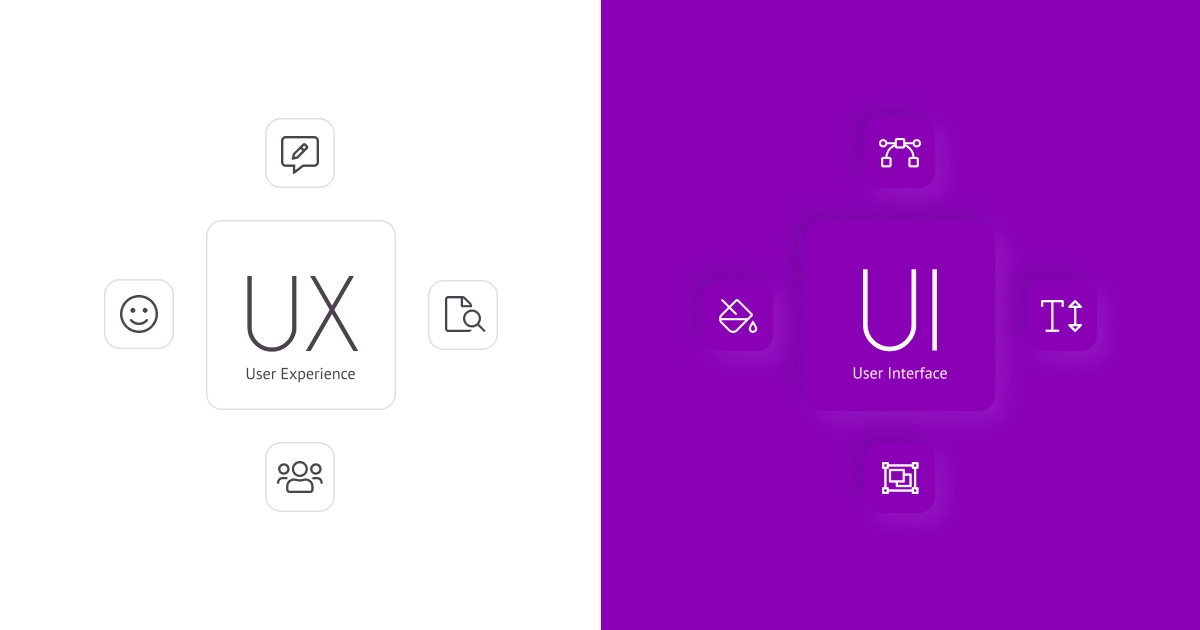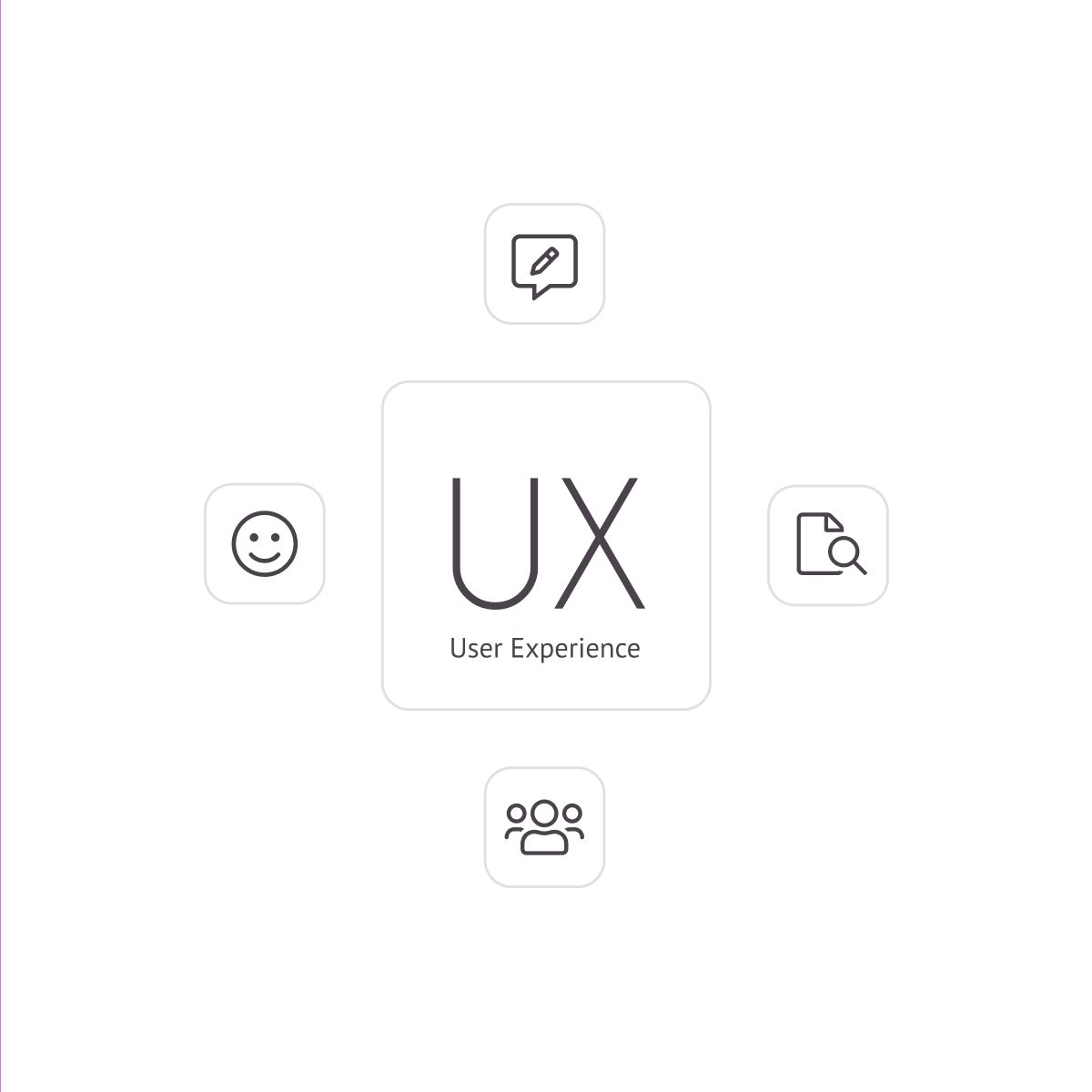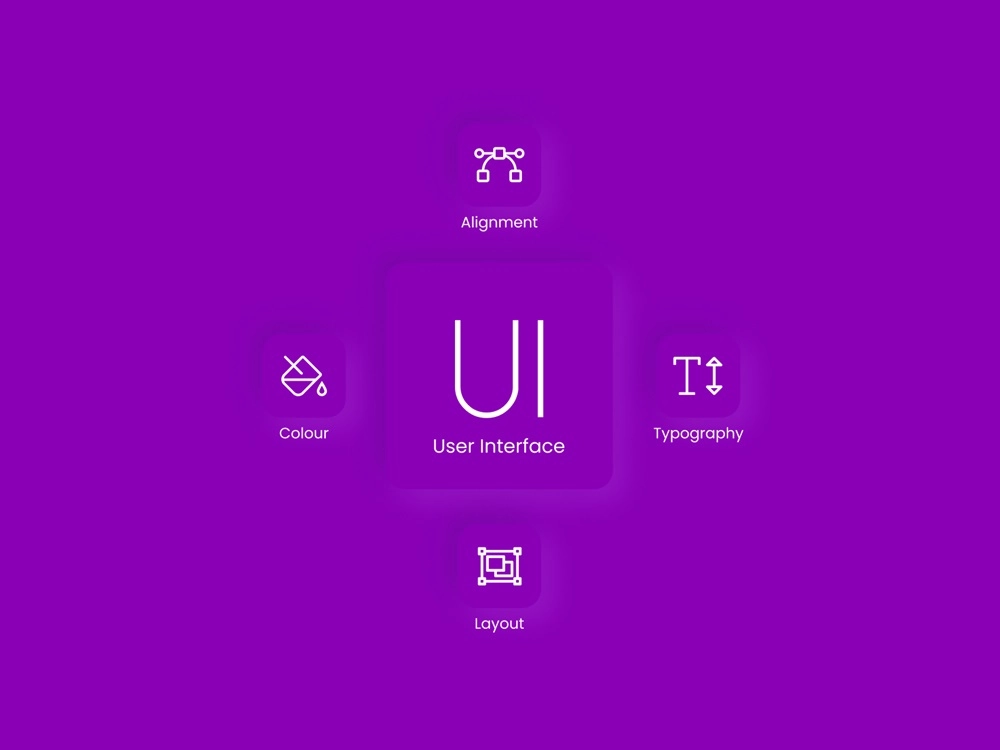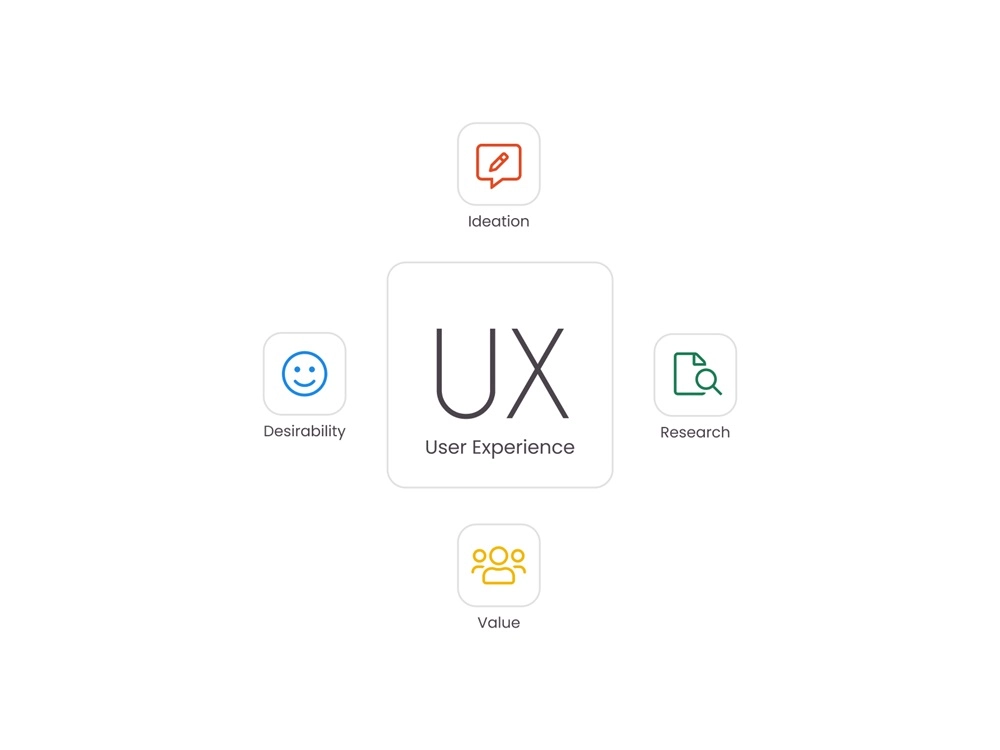
UI vs UX
StarBox Technologies
When it comes to product design, the terms “User Experience (UX)” and “User Interface (UI)” are frequently used. Despite the fact that both terms aren’t new, people who use app and web design software frequently use them interchangeably, and sometimes incorrectly. We’ll look at the definitions of UX and UI in this article, as well as the differences between the two.

What is UI?
A user interface is a location where humans and machines can interact. It enables users to operate a machine effectively in order to complete a task or achieve a specific goal, such as making a purchase or downloading an app. In fact, you are reading this article using UI right now. Input hardware (devices that control the machine from the human end, such as a keyboard, mouse, or joystick) and output hardware (devices that provide information to users, such as monitors, audio speakers, or printers) make up user interfaces. Users can fully control the machine by combining input and output devices.
 User Interface Design (source: starboxtech.com)
User Interface Design (source: starboxtech.com)
Characteristics of a well-designed User Interface
No matter what kind of user interface you create, make sure it has the following characteristics:
- Clarity. For users, all UI elements, such as visual metaphors, are crystal clear. The meaning of a particular element should not have to be decoded by the user.
- Familiarity. When users interact with your product, your UI allows them to draw on their previous experience.
- Consistency. Users can recognize usage patterns if your interface is consistent throughout your product.
- Efficiency. A good user interface allows users to provide minimal input in order to get the desired result. It also provides shortcuts for experienced users to help them interact more efficiently.
Role of a UI Designer
However, there are a few things that UI designers should keep in mind:
- Attention to Details: “The devil is in the details,” as good designers know, and they’re constantly perfecting even the tiniest details of their solutions.
- Ability to solve problems: You always solve a specific problem in design, regardless of what you do. Designers must be willing to devote sufficient time to determining the best solution.
- Analyze competitors: Ability to analyze and conduct competitive analysis of products and visual design decisions
- Responsive Design: Responsive design is a term that describes how a website responds to the Ascertain that the UI design works well on any screen size or resolution.
- Communication: In most cases, the UI designer collaborates closely with the UX and engineering teams. To grasp technical feasibility, you’ll need good communication skills.
What is User Experience?
Now that we’ve learned what UI means, it’s time to look into UX. The user experience refers to how a person feels when interacting with a product. The term “user experience” refers to the end-interactions user’s with a company, its services, and its products. Because UX designers strive to create products that are simple to use and comprehend, the concept of user-centered design is at the heart of the UX design process. Conducting user research is the first step in UX design. UX designers must know their target audience and figure out exactly what they require from the product they’re creating. User personas are created as UX designers gain this understanding. Personas allow users to see a target user’s goals, desires, and limitations. These insights enable them to propose design solutions that are most beneficial to their users.
 User Experience Design (source: starboxtech.com)
User Experience Design (source: starboxtech.com)
Do you need help creating any of these websites for your business?
We’re here to help. Get in touch with us today!
User Journey
Users’ emotions while interacting with a product, whether negative, neutral, or positive, have a huge impact on how they feel about it. The user journey concept has become a cornerstone of user experience design. User experience is directly influenced by the user journey, or the path that a user takes when interacting with a product. The user’s journey to solve a specific problem is the focus of UX. And there’s a secret ingredient that can help you improve your journey - interactive design, read our blog post on interactive design if you dont know what that means already.
Role of a UX Designer
In simple terms, UX design is the process of designing products with the user in mind. UX designers are in charge of analyzing the needs of the target audience and ensuring that the company’s products meet those needs. UX design is a multidisciplinary field in which UX designers can work on a variety of product development projects, including product research, ideation, prototyping, and testing.
The following are typical responsibilities of a UX designer:
- Users must be understood: The goal of UX design is to understand the target audience, their wants, and needs, so it usually begins with extensive research.
- Empathy: is an important skill for UX designers to have. It assists UX designers in comprehending and uncovering the hidden needs and emotions of the people for whom they are designing.
- Putting together a design strategy: Understanding the purpose of a product and mapping a logical journey are all part of the design strategy.
- Examining the interaction design: UX designers study how people interact with products, including their interaction habits, personal preferences, and UI shortcuts. All of the information is put to good use in order to come up with better design solutions.
- Wireframes and prototypes: To pitch their ideas to the design team, UX designers frequently use UX software to create wireframes or prototypes.
Summary
Because the definitions of UX and UI are so similar, many companies promote UI and UX design as a single role. The job description for this position usually states that the person will work on both the conceptual and practical aspects of user interactions before transferring their knowledge to actual UI design. In reality, this appears to be a single person wearing two hats at the same time. Each role necessitates a unique set of skills and methods. Even if a single person possesses all of the necessary skills, the mix of disciplines is detrimental to the design process because it makes it less focused.
Takeaway
Although the terms UX and UI have similar meanings, they are fundamentally different design disciplines. The visual properties of design, as well as the overall feel it conveys, are more important in UI design. However, even the most beautifully designed UI will result in a poor user experience if the UX is poor.
Want to get started with a UI/UX design project? Why not reach out to us so we can better understand your business needs. Start your project today.
Let’s keep in touch!
You can unsubscribe at any time.